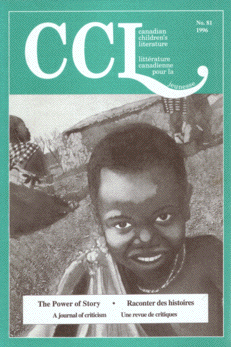Telling and Retelling: L.M. Montgomery's Storied Lives and Living Stories
Résumé
Résumé: Le cas de L.M. Montgomery montre à quel point notre vie et les histoires que nous aimons sont intimement liées. Son journal présente de nombreux exemples de cette relation complexe entre vie et fiction. En effet, l'auteur a pu assumer son existence et lui conférer un sens en transformant les évenements vécus en oeuvres littéraires. Le récit du "journal" de l'oncle Jesse, repris dans un des volumes de la série d'Anne aux pignons verts témoigne de cette lente maturation à la fois existentielle et littéraire. Summary: L.M. Montgomery illustrates the ways in which stories and lives are interwoven: we possess favourite stories by reading them and rereading them, by acting them out, by revising or retelling them. We possess our lives by "storying" them, recursively, the way we read, as Montgomery does explicitly in her journals. In particular, as she retells her writing career, we become increasingly aware of the extent to which she incorporates her earlv experiences into her later successes. In fact, Montgomery persistently reworks material, recycling her own and others' experiences, her journals and scrapbooks, her reading and her own writing. The example of "The Life-book of Uncle Jesse" (published in 1909, and woven into Anne's House of Dreams in 1917) illustrates both the complex ways in which lives are stories and stories, lives and also the anxiety underlying all the recycling of literary material: the fear that literary invention is not a renewable resource. (This paper was written for delivery at the first L.M. Montgomery Symposium at the University of Prince Edward Island in 1994; it has been revised, but we asked Susan Drain to keep her personal approach and tone.)Téléchargements
Publié-e
2007-12-24
Numéro
Rubrique
Articles


